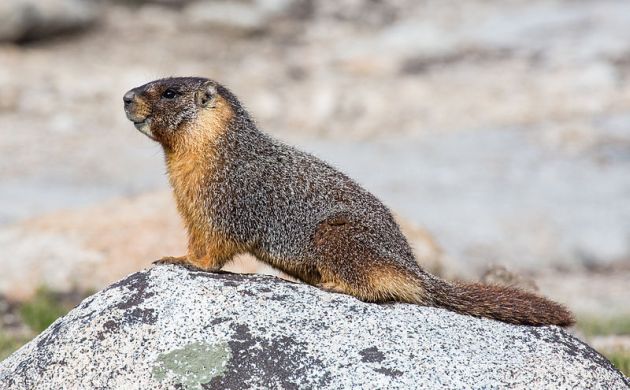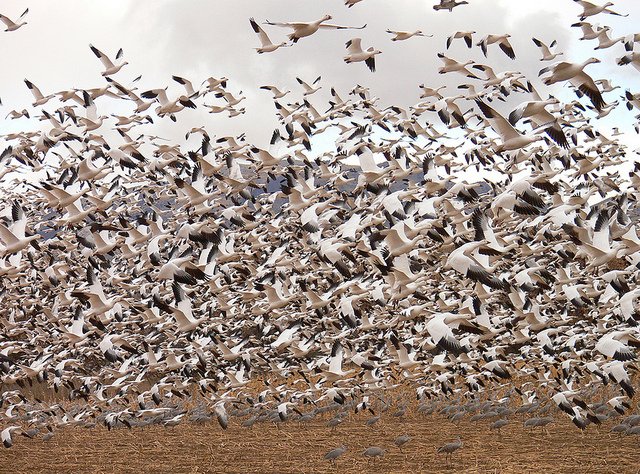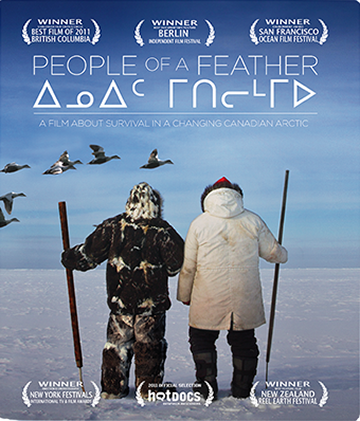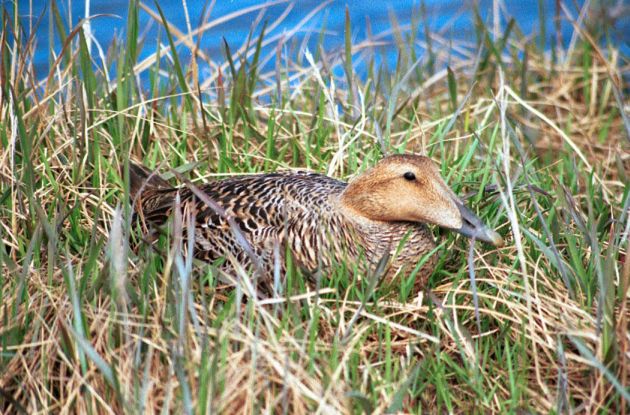
A loud chirp rang from the side of the mountain, and a handful of stones skittered down the talus slope. A bit alarming, given the events of the last few weeks in Missoula, but after years of close encounters with chipmunks and ground squirrels I have finally gotten to have a pretty good idea of a rodent when I hear one. Sure enough, I looked up to see a pair of yellow-bellied marmots, big woodchuck-esque creatures with adorable nose patches, come bounding and sliding down the steep, sparsely-tree range above the trail. They were wearing surprisingly fierce expressions, but hey, I’m cranky when I first wake up too.
For yes, it is that time again. The day before the marmot encounter, I spotted an American Robin on my lawn; the night before that, the distinctive sound of a small flock of Snow Geese sounded from the sky above my apartment, heading north. Sightings of Western Bluebirds and Varied Thrushes are trickling in, and it’s rumored that the Tree Swallows are massing to our south.
These rhythms are the heartbeat of natural life — without the input of the seasons, with their changes in temperature or rainfall, wind and water currents, little of what we know of life on earth could exist in its present form (the exception being that strange and fascinating smattering of deep-sea ecosystems who don’t get their energy from the sun at all — and I suppose it is possible that even they might be affected by a change in currents caused by seasonal shifts up above.) This, of course, is a major reason to be concerned about climate change — more devastating than simply warmer overall temperatures is a change in the timing of various components in relation to each other, a wrench in gears of such vast complexity that we are still only beginning to grasp them. But global climate change is by no means the only way that humans can throw a wrench into those gears.
I hadn’t really thought about that much until, the other night, a friend and I went to see People of a Feather. This engaging documentary is about the Inuit of the Belcher Islands in Hudson Bay and their relationship with the Common Eiders who live in the nearby waters year-round. During the winter the birds are dependent on small fissures in the sea ice kept open by the currents of the bay.
Over the past half-century, as more and more hydroelectric dams have come online, those currents have changed. Cycles that once depended on an input of cold fresh water in the spring now get that fresh water dumped, warm from a summer of sitting in reservoirs, into the system during the winter at peak electric demand. As a result the sea ice has become more unstable, endangering the Inuit who hunt and work on the bay and the ducks who can no longer rely on their instincts to find open water.
The one thing that a traditional nature documentary often lacks is real characters, to its detriment. Not so in this case, as the filmmakers follow a pair of local men and their families, not only showing their efforts to save the ducks that are so important to their livelihoods, but in their day to day lives. There are some scenes that may be tough for some viewers, including a seal hunt and a mass die-off of eiders, but the documentary is the more powerful for them.
All of which is to say — get out in the field! But if you’re still blizzarded in, at least People of a Feather is available on DVD…
Feature photo by David Iliff. License: CC-BY-SA 3.0
















Leave a Comment